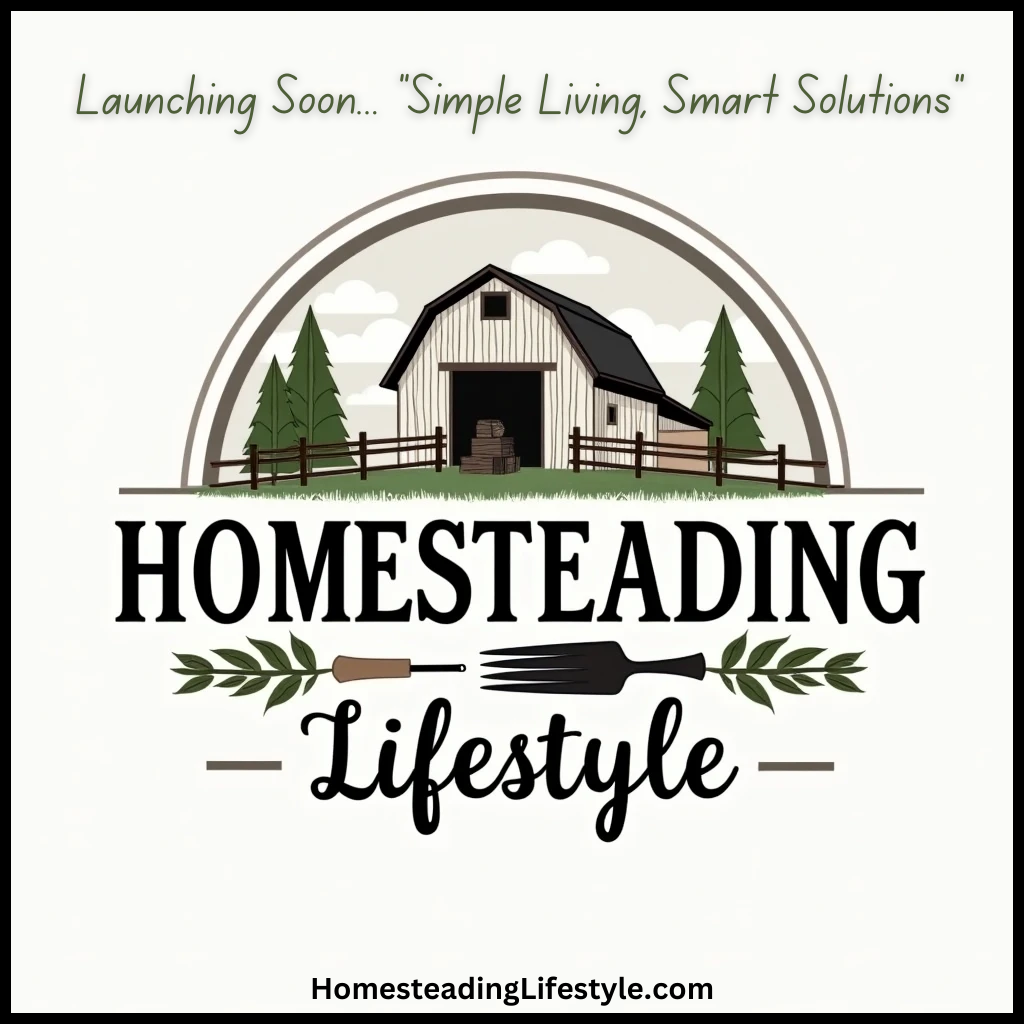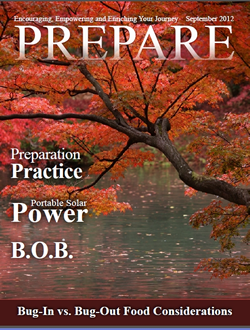Understanding Your Climate and Seasons
Research Your Area
When I first started my homesteading journey, I thought I could just plant whatever I felt like, whenever I wanted. Boy, was I wrong! The local climate and seasonal patterns can make or break your homesteading success. Get to know the average temperatures, rainfall patterns, and frost dates for your area. Local agricultural extensions often have a wealth of information to help you.
Don’t skip this step! Understanding your climate not only helps with what crops to plant but also when to plant them. This knowledge is crucial for effective gardening and livestock management. For instance, knowing when your last frost usually occurs can prevent heartbreak and disappointment.
Consider connecting with local gardeners or joining community forums. You’ll find that others are often willing to share their experience and insights. Learning from those who’ve been around the block a few times is not just smart; it’s essential!
Observe Natural Patterns
Once you’ve done your research, it’s time to get a little hands-on. Spend a season observing how the environment changes. Take note of how plants respond to temperature shifts or how wildlife behaves before storms. It’s all connected, and understanding these relationships can guide your planning.
For example, I’ve noticed that some plants seem to thrive right before the rain. Keeping a journal of these observations has helped me anticipate the right times to plant, prune, and harvest. Mother Nature really is the best teacher!
So grab a notebook and start jotting down what you see! You’ll learn so much about your land, and it will help you make better decisions in the long run.
Timing is Everything
There’s a saying in homesteading: “Plant with the moon.” Well, timing your planting and harvesting based on lunar cycles can seem a bit mystical, but there’s a method to the madness! Many folks swear by it, and I’ve had great results by planting during certain moon phases.
Figuring out the best times to plant your crops can also mean knowing the right time to rotate them. Crop rotation helps refresh the soil and keeps pests at bay, which is a win-win for any homesteader!
Set reminders or use a gardening app to keep track of important seasonal events. It makes life so much easier and allows you to focus on the fun parts of homesteading.
Plan Your Growing Season
Select Your Crops Wisely
And now we get into the fun part—picking what to grow! Every gardener has their favorites, but it’s also crucial to consider what grows best in your area. I’ve made the mistake of choosing those eye-catching exotic plants only to watch them wilt and die. Lesson learned!
Start by creating a list of the vegetables and fruits your family enjoys. Then, cross-reference that with what’s viable for your climate. Seasonal charts can really help here. Once you have your list, try growing a mix of fast-growing varieties and slower ones to have a staggered harvest.
Don’t forget about companion planting, either. Some plants thrive together, while others impair each other’s growth. Learning these relationships can help maximize your harvest and keep pests away!
Design a Planting Calendar
A planting calendar is like your homesteading GPS. It keeps you on track and makes sure you’re planting and harvesting at the right times. I like to break down my year into seasons and assign specific crops to each period.
Creating a visual calendar can be super helpful, especially if you have multiple harvests throughout the year. You can use apps, online spreadsheets, or even just a good old-fashioned wall calendar to keep things organized.
As you refine your calendar season after season, you’ll gain valuable insights about what works and what doesn’t, and you’ll feel much more accomplished at the end of a growing season!
Utilize Season Extension Techniques
One of the biggest game-changers for me was learning about season extension techniques. Using simple tools like row covers, cold frames, and hoop houses can greatly expand your growing season. I couldn’t believe how much food I was able to grow even when the temperature dipped!
If you’re in a colder climate like I am, investing in a greenhouse pays off in spades. Not only does it create a controlled environment for seedlings, but it can also serve as a nursery for plants that need a little extra protection.
And let’s not forget about mulching. It keeps the soil temperature stable and reduces weed competition, giving your crops the best chance to thrive. That’s a total win in my book!
Maintain Your Homestead Year-Round
Regular Soil Testing
Soil health is the backbone of successful homesteading. After all, if your soil’s not healthy, your plants won’t be either. Regular soil testing allows you to know what nutrients you have and what you may need to add.
I test my soil at least once a year. It helps me identify deficiencies and adjust my compost mixes accordingly. Each season brings different needs, so keeping an eye on that is crucial.
Your local extension office can often provide testing kits or recommend where to send in samples. And don’t forget—healthy soil means happy plants, which means a successful harvest!
Practice Sustainable Practices
Sustainability isn’t just a buzzword—it’s a way of life for homesteaders. From composting kitchen scraps to practicing crop rotation, sustainable practices make your homestead more resilient. I’ve seen firsthand how these methods not only improve soil health but also strengthen the ecosystem around my garden.
Start small if you’re new to this. Even tiny improvements, like reducing chemical fertilizers, can have a significant impact on your land. Plus, it fosters a sense of connection to the earth that just feels good!
As you adopt more sustainable methods, you’ll likely feel a deeper appreciation for the land and its resources. It’s a fulfilling journey of growth, much like the plants you care for.
Annual Review and Adjustments
At the end of every season, I’ve made it a tradition to sit down and review. What went well? What flopped? Taking time to assess your successes and failures is key in this ever-evolving process we call homesteading.
I keep a journal that not only records my harvests but also includes lessons learned. This practice helps me refine my goals for the next year. It’s like giving myself a mini pep talk before diving back into the growing cycle.
Encourage yourself to be flexible. Things may not always go according to plan, and that’s okay! Every day is a chance to learn and grow, much like the gardens we tend. Embrace those lessons!
Building Community and Resources
Connect with Local Homesteaders
If there’s one piece of advice I wish I could give my past self, it’s to reach out to fellow homesteaders sooner. There’s just something magical about community support. Whether it’s swapping seeds, sharing knowledge, or just venting about gardening woes, these connections can make a world of difference.
Join local gardening clubs or online forums. Being part of a community can provide extra motivation and inspiration to keep pushing through tough times. You might even find lifelong friends!
Participate in local farmers’ markets or homesteading workshops. Those settings are fabulous for networking and discovering other resources you may have never known existed!
Utilize Online Resources and Education
In our modern age, the internet is packed with resources that I wish I had when starting out. Websites, forums, and social media platforms offer a goldmine of information from experienced homesteaders. Podcasts are another great resource—they’re perfect for listening while you work.
Online courses are worth considering, too. There’s everything from dedicated gardening strategies to livestock management available! Investing in your education pays off dividends in effectiveness and efficiency over time.
Make a point to keep learning. The more knowledge you acquire, the more successful you’ll become—and let’s be real, that’s what we’re all aiming for!
Engage in Community Service
Giving back to the community is a beautiful way to make homesteading even more rewarding. Consider volunteering or offering workshops to teach others about gardening, sustainability, and self-sufficiency. Sharing knowledge just feels right!
Also, participating in community gardens or helping local food banks can foster a sense of connection and gratitude. Plus, who doesn’t love a little extra harvest sharing?
These engagements not only help others but can be an excellent opportunity for networking and building long-lasting relationships in the homesteading world. A healthy community creates healthy homesteaders!
FAQ
What are the key factors to consider when planning my homesteading activities?
Key factors include understanding your local climate, selecting the right crops, and timing your planting schedules. Additionally, sustainable practices and ongoing education are crucial to success.
How can I determine the best crops for my area?
You can determine this by researching local growing conditions, observing what other successful local gardeners are planting, and consulting seasonal planting charts specific to your region.
What are some common mistakes new homesteaders make?
Common mistakes include neglecting soil health, overplanting, or planting without considering climate and seasonal patterns. Another is failing to connect with the local community for support and knowledge sharing.
How important is timing in the growing season?
Timing is everything! Proper timing ensures that you plant your crops during their ideal growing conditions, which directly influences yield and plant health.
How can I extend my growing season?
You can utilize season extension techniques like cold frames, row covers, and greenhouses. Mulching is also beneficial in stabilizing soil temperatures and preventing weed growth.





